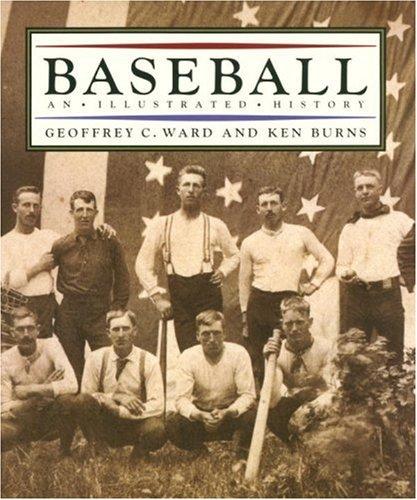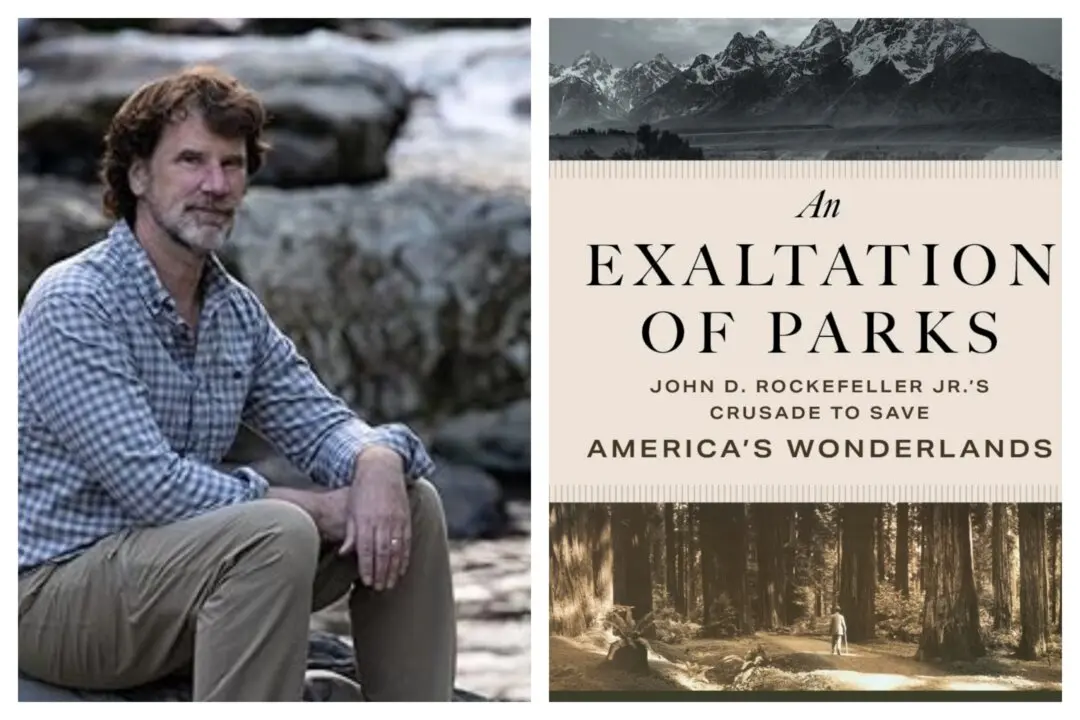For anyone who appreciates history and black and white photography, “Baseball: An Illustrated History” by Geoffrey C. Ward and Ken Burns is a must-have for home libraries. The immediate inside cover is a double-spread, grainy image of an idyllic late 19th- or early 20th-century neighborhood scene of a baseball game, viewed from porches and grassy common areas. That photo is one of 530 illustrations comprising this hefty, 486-page volume.
Besides the photography that conveys the stories that show why baseball is deemed “America’s favorite pastime,” this book is packed with first-hand accounts, poetry, commentary, and more. In fact, American poet, essayist, and journalist Walt Whitman’s words (written in 1884) are the book’s epigraph: “Let us go forth awhile, and get better air in our lungs. Let us leave our close rooms. ... The game of ball is glorious.” This quote is followed by 10 full-page, iconic photographs of everything from newsboy-capped youths determining which team bats first to a shot of Jackie Robinson determinedly sliding into a base.





